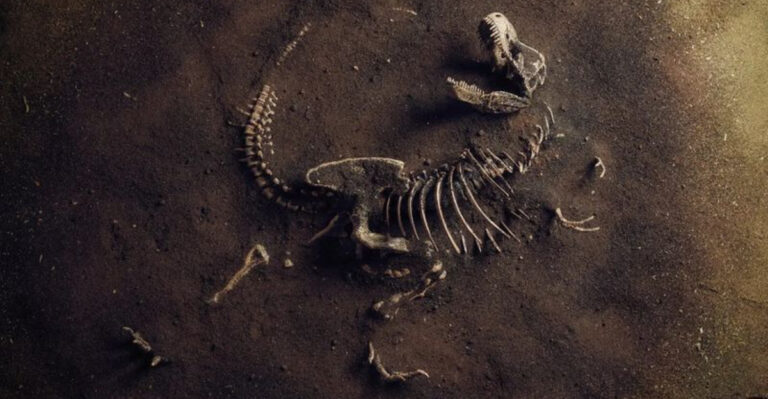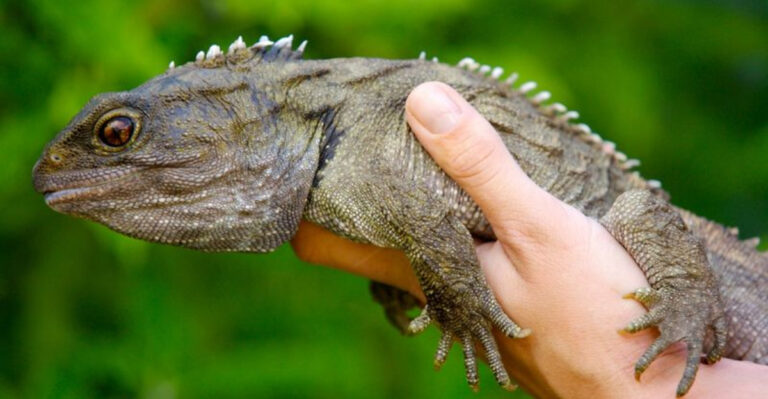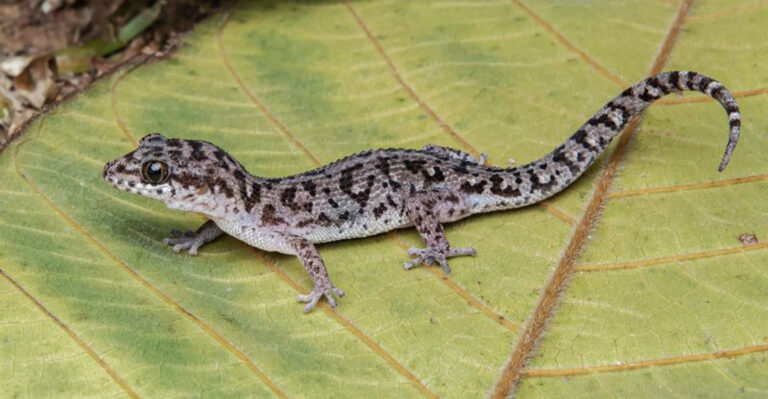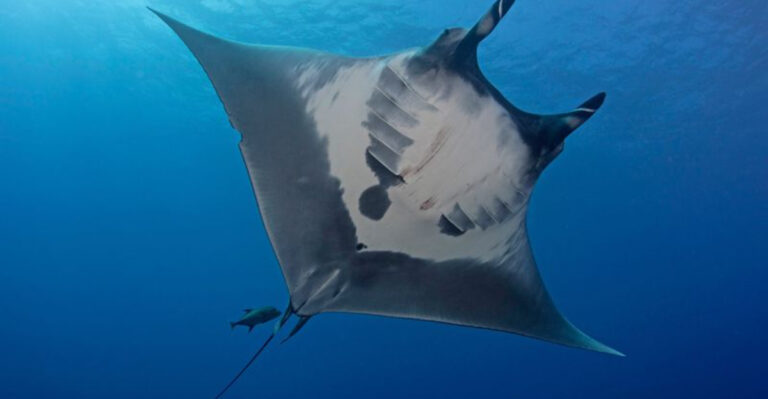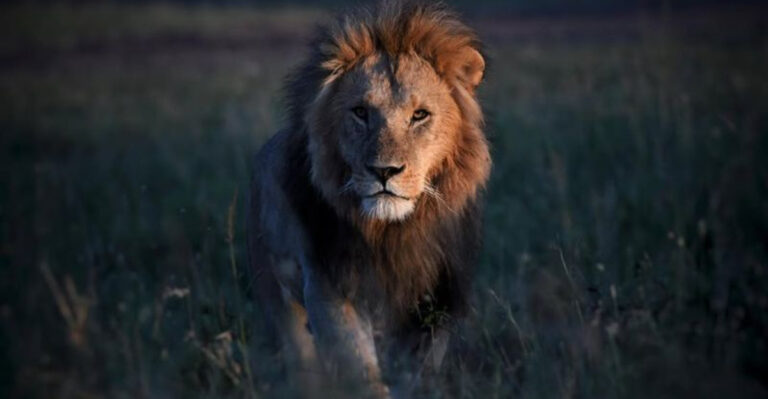12 Birds That Use Camouflage To Blend Into Their Surroundings
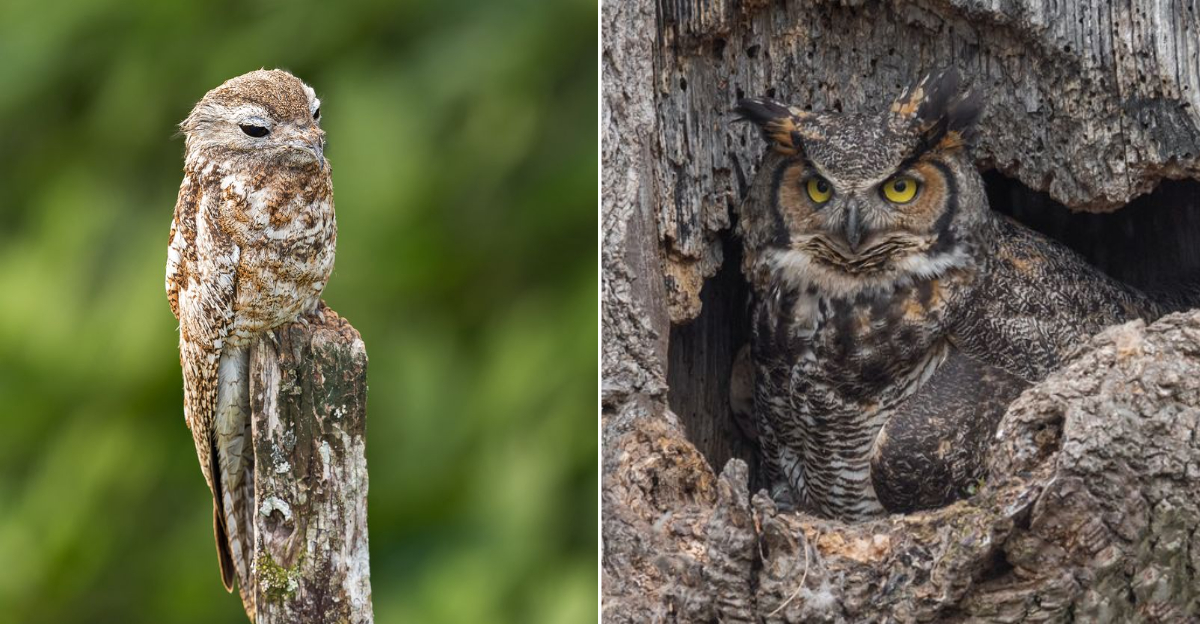
Birds have evolved incredible ways to stay hidden from predators and prey alike. Their ability to blend seamlessly into their environment is nothing short of fascinating.
Through a colorful array of feathers and patterns, these avian wonders showcase nature’s ingenuity in the art of concealment.
1. Common Potoo
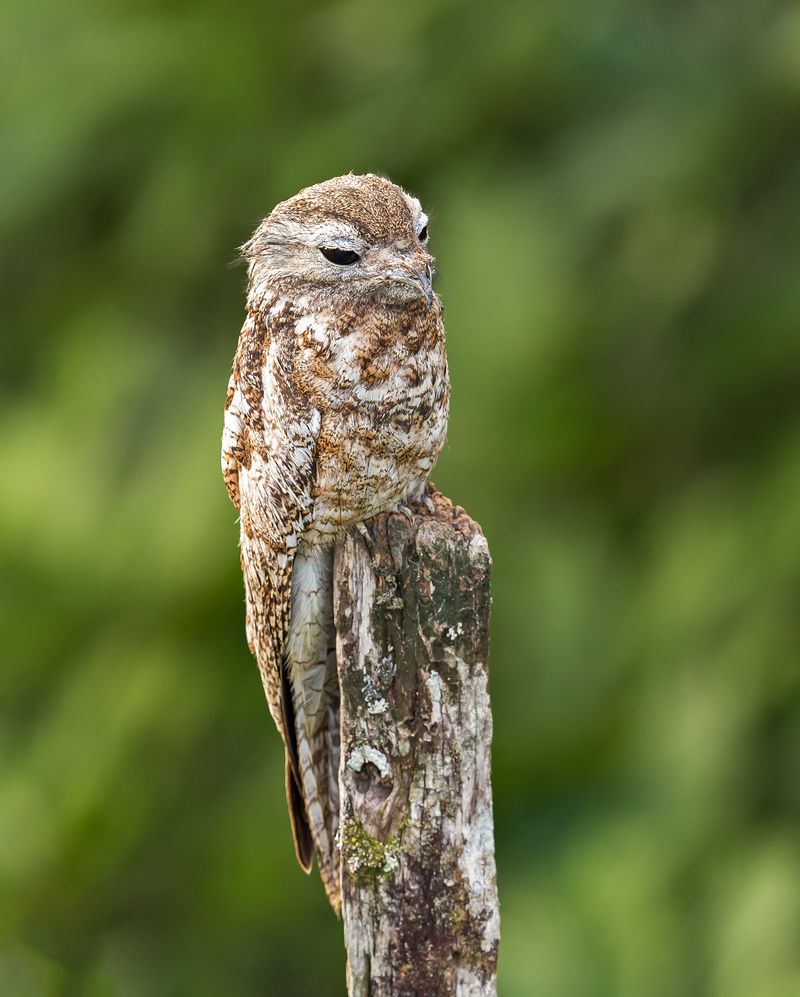
In the dim light of dusk, you might walk right past a Common Potoo without even noticing it. This bird is an expert at blending into tree branches, mimicking the appearance of a broken limb. With mottled brown and gray feathers, the Common Potoo’s camouflage is so precise that it becomes nearly invisible to predators and birdwatchers alike.
During the day, this nocturnal bird perches absolutely still, relying on its cryptic plumage to conceal itself. The way it closes its eyes to thin slits further aids in its disguise, ensuring that even the keenest eyes might overlook it.
This adaptation is essential for survival, as it helps the Potoo avoid detection from both predators and prey. Surprisingly, the Common Potoo is not entirely mute. At night, its haunting calls echo through the forests, a reminder of its presence even if it’s rarely seen. Nature’s design in camouflage is truly astonishing.
2. Eastern Screech Owl
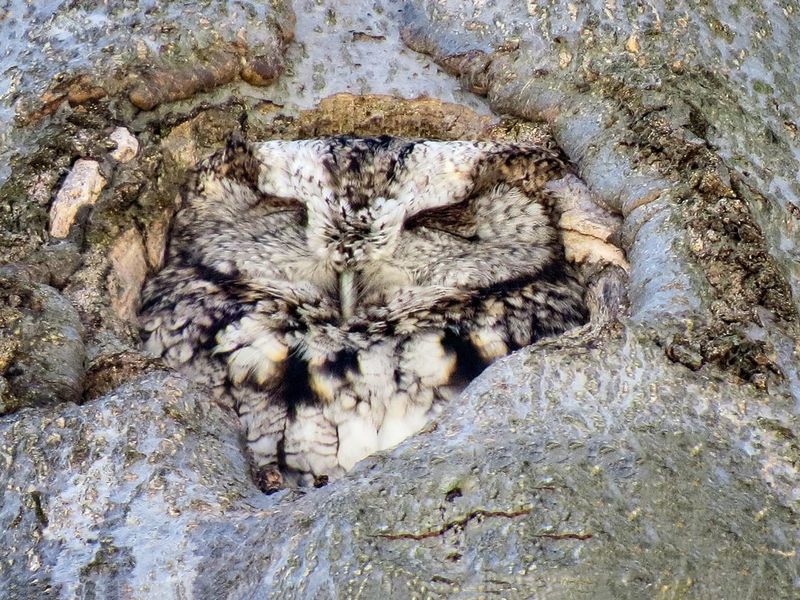
In the forest, the Eastern Screech Owl is a silent observer, perfectly camouflaged against the textured bark of trees. Its gray and rust-colored feathers mirror the patterns of the tree trunk, providing a perfect disguise from both predators and prey.
This small owl relies heavily on its stealth to hunt effectively. When roosting, the Eastern Screech Owl’s ability to blend into its surroundings is crucial for its survival. By tucking itself close to a tree, it becomes almost indistinguishable from the bark.
This cryptic coloration makes it a master of invisibility, fooling even the most observant passerby. Beyond its camouflage, the owl’s agility and sharp hearing enable it to locate and capture prey with precision. Whether it’s a quiet rustle in the leaves or a faint movement on the ground, the Eastern Screech Owl is always ready to strike. An enigmatic presence in the woods, its camouflage is both art and necessity.
3. Tawny Frogmouth
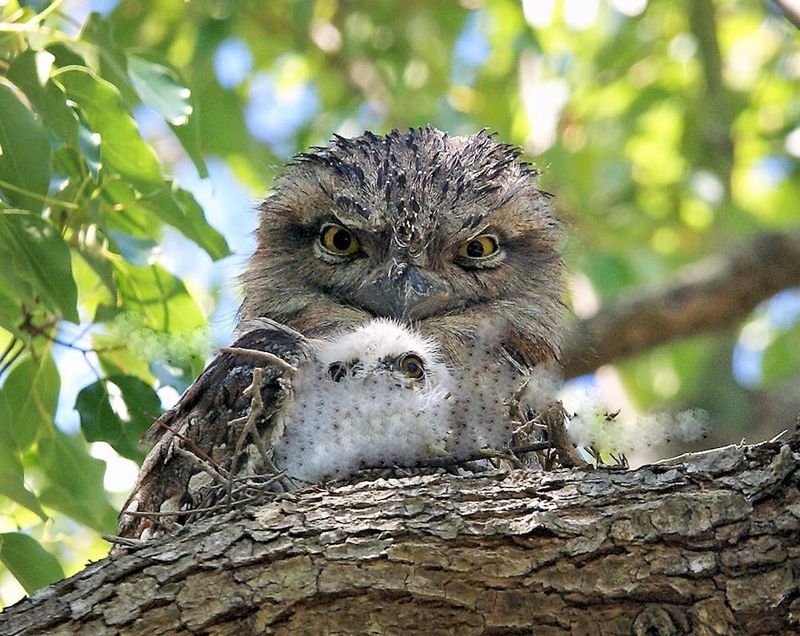
The Tawny Frogmouth is a master of disguise, often mistaken for a part of the tree it rests upon. With plumage that mimics the color and texture of tree bark, this Australian bird can remain undetected by predators and unsuspecting humans.
Its ability to stay motionless adds to the illusion, making it one with its environment. A nocturnal bird, the Tawny Frogmouth uses its camouflage to perfection during daylight hours. By aligning itself with the branch and closing its eyes, it becomes nearly invisible.
This level of concealment is vital for its safety, as it avoids the attention of daytime predators. Although it resembles an owl, the Tawny Frogmouth is more closely related to nightjars.
Its unique appearance and behavior have intrigued bird enthusiasts worldwide. When night falls, the Frogmouth becomes active, showcasing its remarkable adaptability. Truly, its camouflage is a testament to nature’s creative genius.
4. Whip-Poor-Will
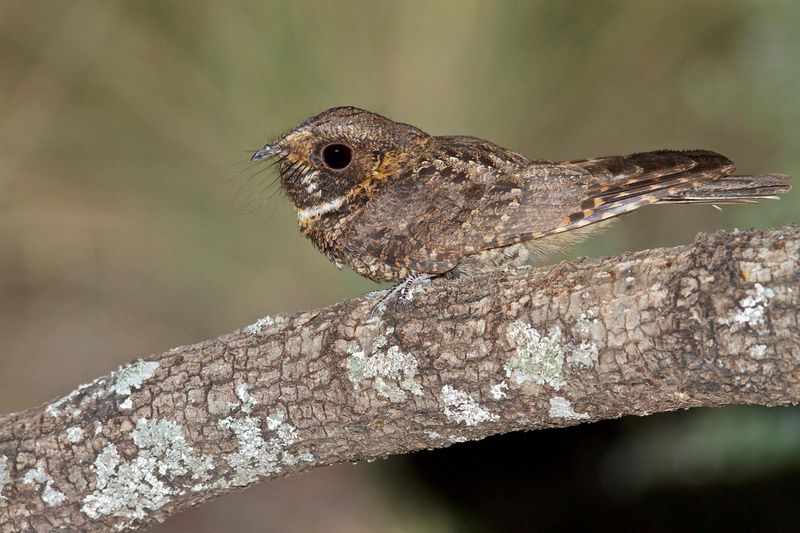
The Whip-poor-will is an elusive nightjar, known for its ability to vanish into its surroundings. With mottled brown and gray feathers, it perfectly mimics the leaf litter and forest floor where it resides.
This cryptic coloration allows it to rest unseen during the day, safe from the eyes of both predators and curious humans. Often heard before it’s seen, the Whip-poor-will’s haunting call echoes through the night, adding to its mysterious allure.
Its camouflage is not just for show; it plays a critical role in its survival strategy, allowing the bird to conserve energy and avoid unnecessary confrontations.
By blending into its habitat, the Whip-poor-will can focus on its nocturnal activities, such as feeding on insects. Its ability to remain undetected during the day gives it an advantage in the wild. Truly, its use of camouflage is both an art and an essential survival tool.
5. Great Horned Owl
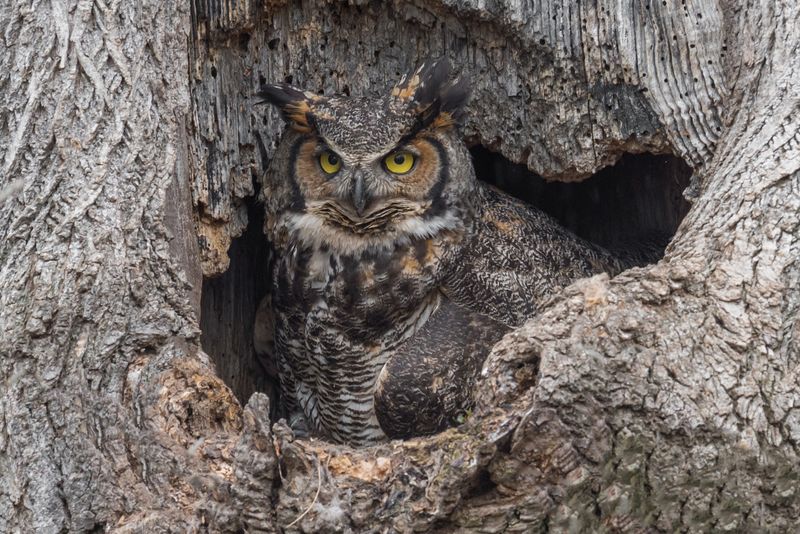
As a powerful predator, the Great Horned Owl’s camouflage is a crucial component of its hunting prowess. With feathers that mimic the colors and patterns of the forest, this owl becomes nearly invisible when perched among branches.
Its mottled brown and gray plumage allows it to blend seamlessly into its surroundings. The owl’s stealthy approach is a combination of its silent flight and perfect disguise. By remaining inconspicuous, the Great Horned Owl can ambush prey with remarkable efficiency.
This ability to conceal itself is essential not only for hunting but also for avoiding detection by potential threats.
While it may be difficult to spot, the presence of a Great Horned Owl is often felt through its distinctive hoots that reverberate through the woods. Its mastery of camouflage enhances its enigmatic aura, making it both a fascinating and formidable creature of the night.
6. Common Nightjar
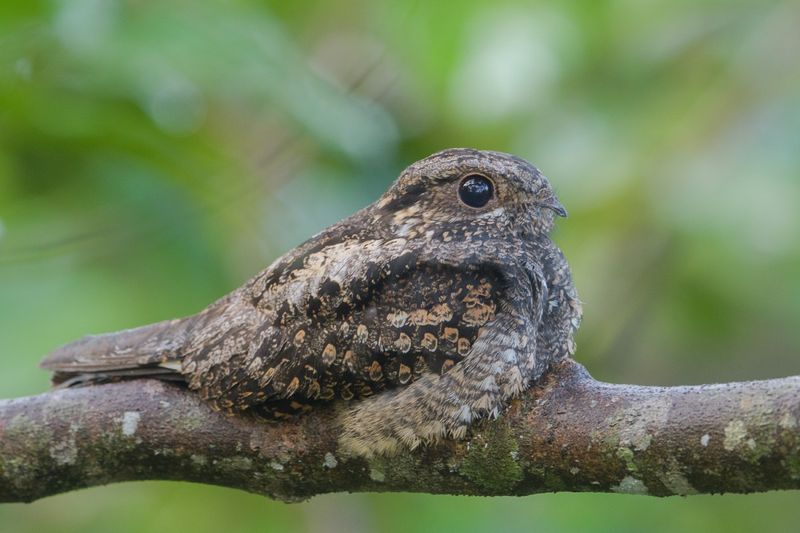
The Common Nightjar is a true artist when it comes to camouflage. With intricate patterns of browns and grays, this bird blends perfectly into the woodland floor. Its feathers mimic the appearance of fallen leaves and twigs, making it nearly impossible to spot during the day.
Resting motionless on the ground, the Nightjar relies on its cryptic plumage to stay hidden from predators. This camouflage not only protects it but also allows it to conserve energy by avoiding unnecessary flights.
Its remarkable ability to blend into its environment is a testament to its evolved survival tactics. As night falls, the Common Nightjar becomes more active, feeding on insects with precision. Its presence is often betrayed by its distinctive calls rather than by sight. The Nightjar’s camouflage is a powerful tool, enabling it to thrive in various habitats across its range.
7. European Robin
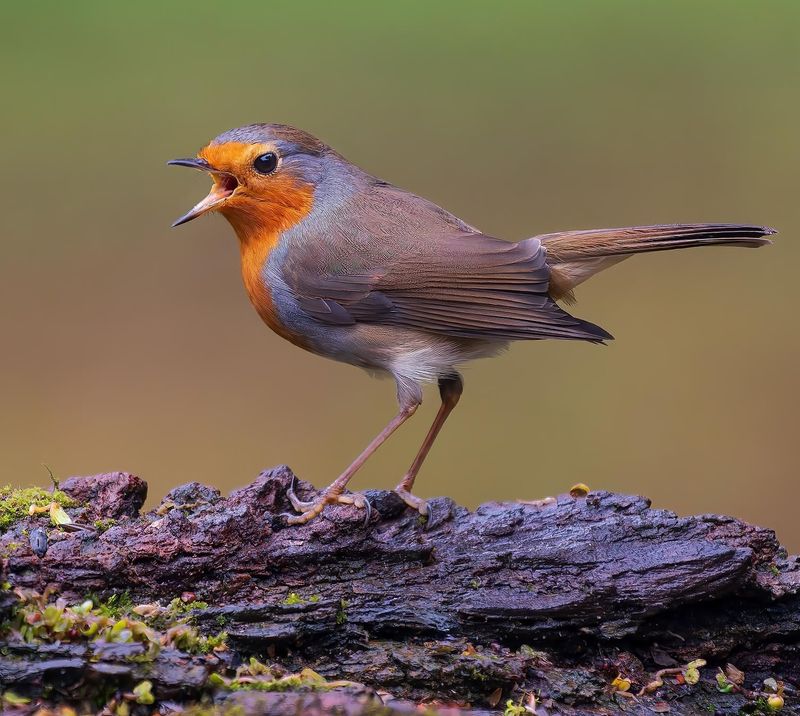
While the European Robin’s bright red breast may seem conspicuous, this charming bird uses its coloration cleverly to blend into its environment. During the snowy months, the contrast of its red against the white background attracts attention, but also helps it stand out against the dreary winter hues.
The Robin’s subtle use of camouflage is evident when it perches quietly, becoming a part of the landscape. Its ability to adapt to different environments across Europe makes it a symbol of resilience and adaptability.
Despite its vibrant appearance, the Robin’s keen awareness allows it to remain unnoticed when necessary. Throughout the year, the European Robin is a familiar sight in gardens and woodlands.
Its friendly nature and melodic song endear it to many, yet its survival relies on its ability to blend in when needed. This blend of visibility and subtlety is what makes the Robin so fascinating.
8. Ruffed Grouse
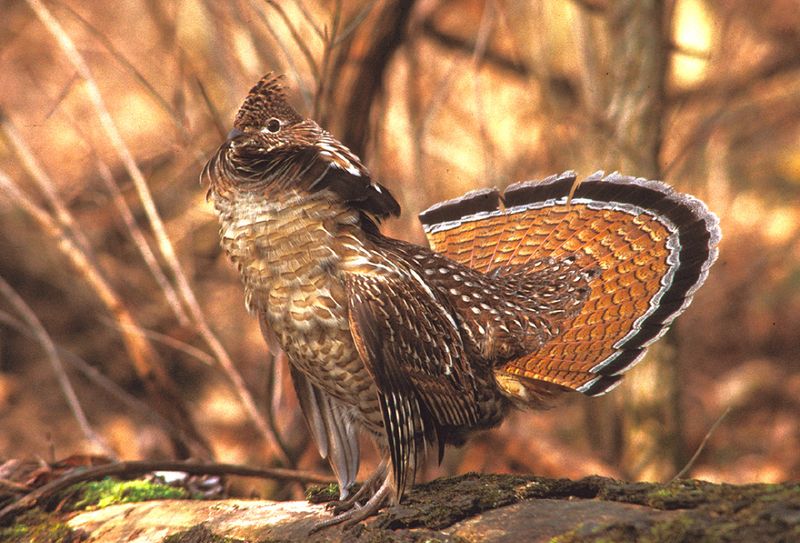
Among the underbrush, the Ruffed Grouse is a master of disguise. Its mottled brown, gray, and white plumage allows it to blend seamlessly with the forest floor. This clever camouflage provides it with the perfect cover to evade predators and keep a low profile.
The Grouse’s ability to remain still and undetected is a key survival tactic. By using its environment to its advantage, it can sit motionless amidst the twigs and leaves, becoming part of the scenery.
Such cryptic behavior is crucial during the breeding season when the bird needs to protect its young. With a sudden burst of speed, the Ruffed Grouse can take flight if threatened, but its preferred strategy is to rely on its camouflage.
This approach minimizes the risk of exposure, proving that sometimes the best defense is simply to remain unseen. The Grouse is truly a testament to nature’s ingenuity.
9. American Woodcock
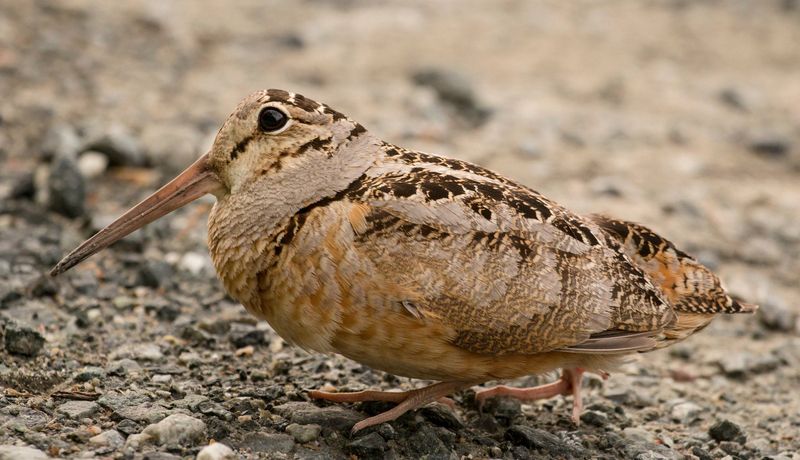
The American Woodcock is a ground-dwelling bird that excels in the art of camouflage. Its mottled brown and black plumage allows it to blend seamlessly into the woodland floor, making it almost invisible to predators and humans alike.
This clever disguise is its primary defense mechanism. By aligning itself with the patterns of the forest debris, the Woodcock can avoid the attention of potential threats. Its cryptic coloration is particularly effective during the day, when the bird rests among the leaves and twigs.
This natural camouflage is essential for its survival, especially during the breeding season. In the twilight hours, the Woodcock becomes more active, performing its distinctive ‘peent’ calls and aerial displays.
Though often unseen, its presence is a reminder of the intricate balance between visibility and concealment. The Woodcock’s camouflage is a brilliant adaptation, ensuring its continued success in the wild.
10. Snowy Owl
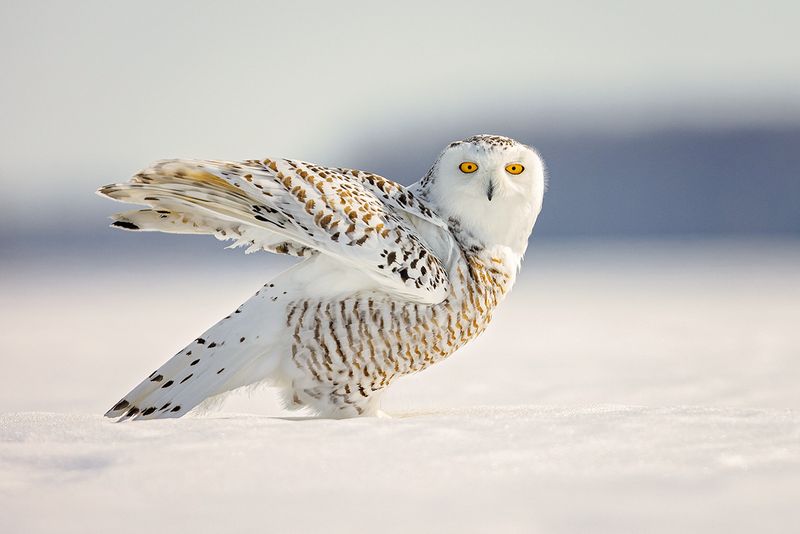
Many animals call the Arctic tundra their home, and the Snowy Owl’s white plumage is a perfect match for its snowy surroundings. This striking bird is a master of winter camouflage, using its coloration to blend into the icy landscape.
Its feathers provide both warmth and invisibility, essential for survival in such a harsh environment. The owl’s camouflage helps it remain undetected by both prey and predators. Its ability to disappear into the snow allows it to approach unsuspecting prey with stealth and efficiency.
This strategy is vital for hunting success, as the Snowy Owl relies on surprise to capture its next meal. Despite its size, the Snowy Owl can be difficult to spot against a backdrop of snow and ice. Its presence is often marked by tracks or the occasional hoot, rather than by visual cues. This clever use of camouflage showcases nature’s brilliance in adapting to extreme conditions.
11. Rock Ptarmigan
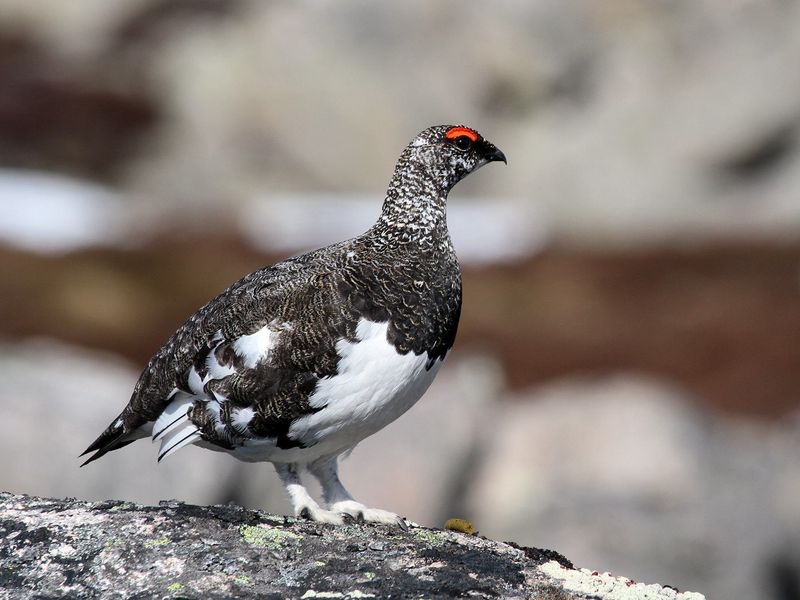
In the rocky terrains of the northern regions, the Rock Ptarmigan is a bird that knows how to use its environment to its advantage.
During the summer months, its mottled brown plumage blends perfectly with the rocks and vegetation, providing excellent camouflage against predators. As seasons change, so does the Ptarmigan’s appearance. In winter, it molts to a white plumage that matches the snowy landscape, maintaining its ability to stay hidden.
This seasonal adaptation is crucial for survival, allowing the bird to remain undetected throughout the year.
The Rock Ptarmigan’s camouflage is not only a visual trick but also a vital part of its life cycle. By blending into its surroundings, it minimizes the risk of predation and ensures its continued presence in the harsh climates it calls home. This bird’s adaptability is a testament to nature’s resilience and creativity.
12. Willow Ptarmigan
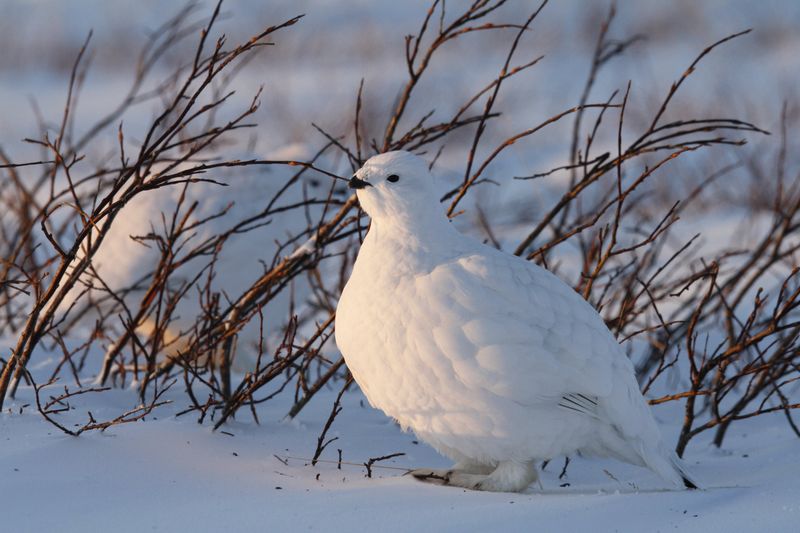
The Willow Ptarmigan is a bird of seasonal transformation, expertly camouflaging itself throughout the year. In winter, its white plumage blends seamlessly with the snow, providing perfect concealment in the Arctic and sub-Arctic regions.
This adaptation is essential for avoiding predators and capturing prey. As spring approaches, the Ptarmigan’s feathers change to a mottled brown, helping it blend into the thawing landscape.
This ability to adapt to different seasonal environments is crucial for its survival, allowing it to remain hidden from potential threats.
The Willow Ptarmigan’s life is a balancing act of visibility and invisibility, dictated by the changing landscapes it inhabits. Its camouflage is not just a protective measure but a way of life, ensuring it thrives in some of the most challenging habitats on Earth. The Willow Ptarmigan’s adaptability showcases the remarkable ingenuity of nature.

